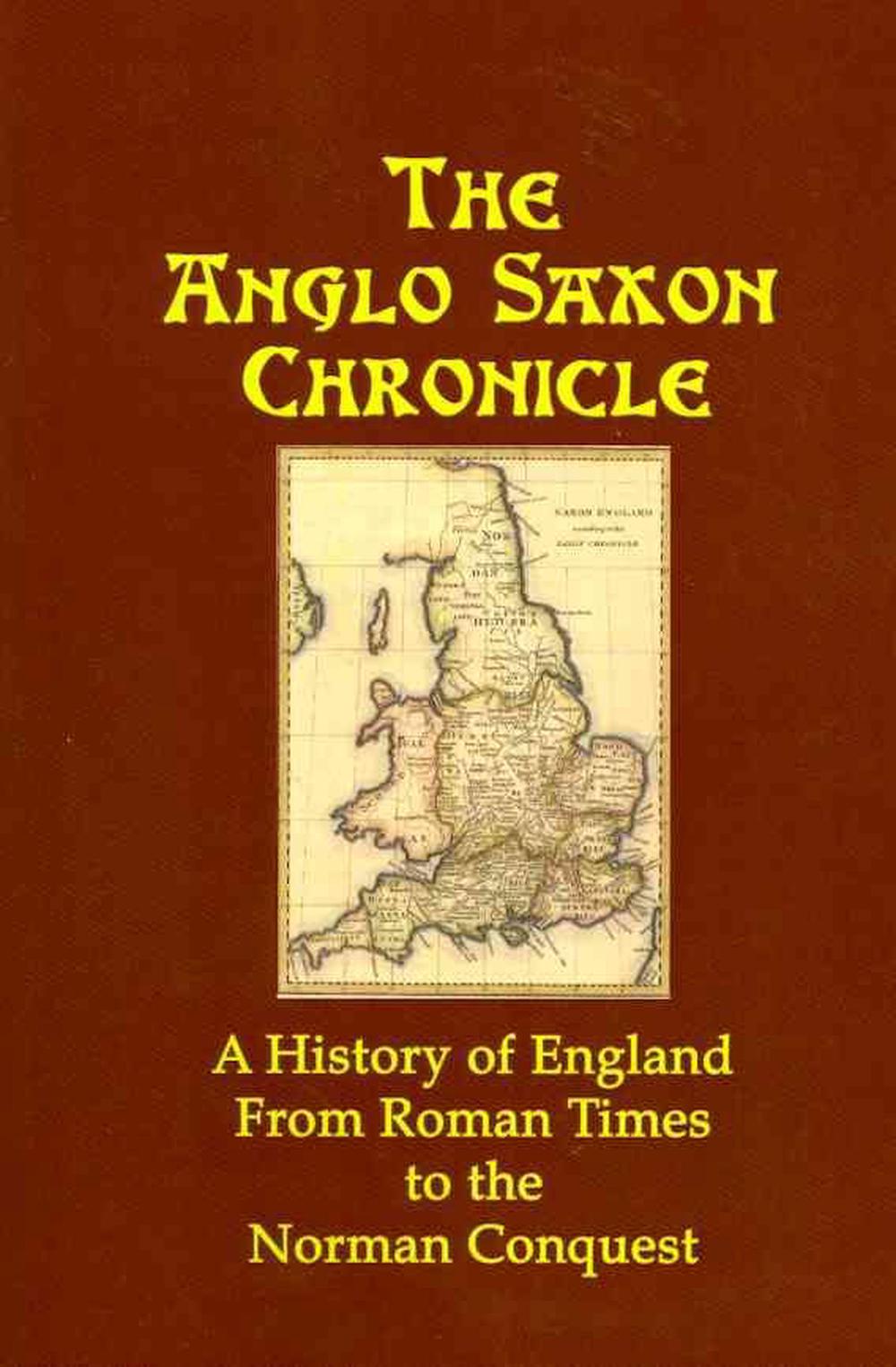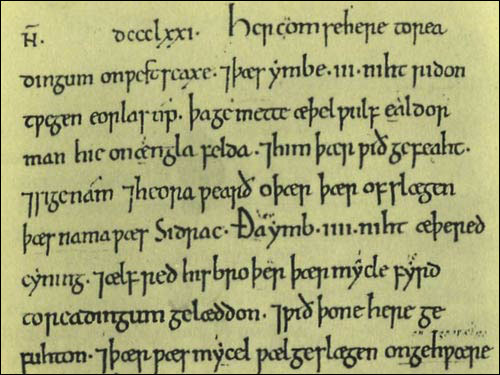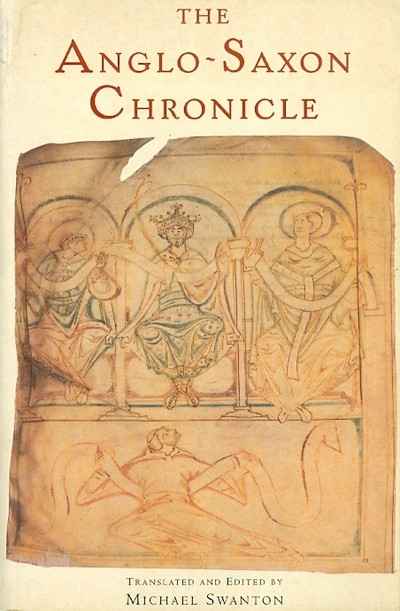


Some of the manuscripts circulated at this time were continued in various religious houses, sometimes with annals that occur in more than one manuscript, sometimes with local material, confined to one version.

Soon after the year 890 several manuscripts were being circulated one was available to Asser in 893, another, which appears to have gone no further than that year, to the late 10th-century chronicler Aethelweard, while one version, which eventually reached the north and which is best represented by the surviving E version, stopped in 892. The compiler also had access to a set of Frankish annals for the late 9th century. The narrative was first assembled in the reign of King Alfred (871–899) from materials that included some epitome of universal history: the Venerable Bede’s Historia ecclesiastica gentis Anglorum, genealogies, regnal and episcopal lists, a few northern annals, and probably some sets of earlier West Saxon annals. SpaceNext50 Britannica presents SpaceNext50, From the race to the Moon to space stewardship, we explore a wide range of subjects that feed our curiosity about space!Īnglo-Saxon Chronicle, chronological account of events in Anglo-Saxon and Norman England, a compilation of seven surviving interrelated manuscript records that is the primary source for the early history of England.Learn about the major environmental problems facing our planet and what can be done about them! Saving Earth Britannica Presents Earth’s To-Do List for the 21st Century.100 Women Britannica celebrates the centennial of the Nineteenth Amendment, highlighting suffragists and history-making politicians.



 0 kommentar(er)
0 kommentar(er)
